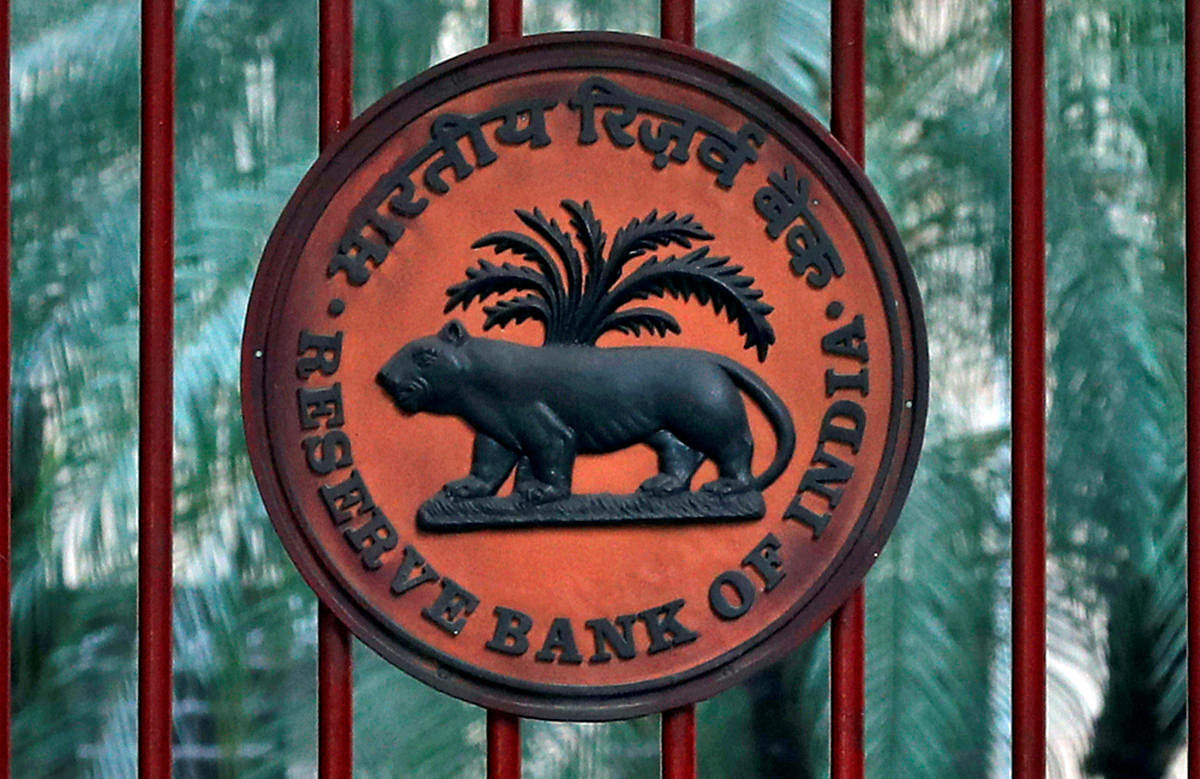In recent weeks, the Reserve Bank of India (RBI) and the Government of India have made news as being at loggerheads with each other. The rift is over policy-making, given the situation of mounting non-performing assets (NPA), liquidity crunch, resultant capital crunch with the public sector banks (PSB) and mounting stressed assets in micro, small and medium enterprises (MSME) sector. The RBI is entitled to be an autonomous body but accountable to a limited extent to the government through various constitutional provisions and regulations.
Repeated discussions between the government and RBI in the backdrop of Section 7 as well as other matters led to a nine-hour long exhausting meeting on four issues: restructuring the economic capital framework, promoting banks’ health under Prompt Corrective Action (PCA), restructuring scheme for stressed assets in MSME sector, and implementation of Basel regulatory capital framework.
The last issue highlights that government is continuously pushing RBI to ease the norms on PSBs in line with the Basel III norms. The government contends that Basel norms require the application of minimal capital norms to internationally active banks but, in turn, all commercial banks, irrespective of their global presence, are under this net. The reasons behind harsh norms relate to the bank crisis due to stressed assets, GST and demonetisation, and to meet investor and customer expectations.
As per Basel III norms, banks have to maintain a minimum total Capital to Risk (weighted) ratio (CRAR) of 8%, against RBI’s norm of 9%. Supporting this argument, RBI Deputy Governor Viral Acharya stated that Basel III norms are the floor and, after the 2008 financial crisis, banks do have to maintain high capital reserves. Such requirement will restrict lending ability and income generation by banks. According to RBI Governor Urjit Patel, “It is obligatory” to follow government commitments to the G-20 on the Basel framework requiring the central bank to east the current capital norms.
The government raised concerns regarding the RBI’s Prompt Corrective Action (PCA) framework, which is a policy guideline when a commercial bank’s condition worsens below a mark. Presently, any of the three circumstances — banks having net NPA level of 6%; two consecutive years of negative returns on assets; or, capital adequacy ratio falling below the requirement — can cause RBI to put a bank under PCA.
Viral Acharya said the PCA is meant “to intervene early and take corrective measures in a timely manner so as to restore the financial health of the banks that are at risk by limiting deterioration in their health and preserving their capital levels”. The government thinks otherwise — that higher restrictions lead to halting of branch expansion, thereby reducing financial penetration into the economy. PCA could restrict banks’ lending which, in turn, could affect growth in essential sectors and of capital formation. The RBI can supersede bank boards under PCA.
The RBI has freed up loans up to Rs 25 crore to the MSME sector to ensure financial stability. This step would actually lead to increase in liquidity and access to credit. However, the concern is that RBI must address the non-banking financial companies (NBFCs) so that the liquidity crunch doesn’t spill over to MSMEs.
Economic Capital Framework
The ECA is needed to ensure liquidity in the economy, buy securities, and expand balance sheets of the commercial banks to boost confidence in the financial system. It gained importance after the financial crisis as central banks and governments had to run down reserves to maintain financial stability. The ECA is kept in terms of RBI reserves which are from Currency & gold revaluation account (CGRA) and Contingency Fund (CF).
According to 2017-18 report of the RBI, CRGA is Rs 6.9 lakh crore and CF is around Rs 2.3 lakh crore. This composition is more of a danger as CGRA is subject to market fluctuations, hence affecting the surplus reserves. Transfer of surplus reserves is a concern. Currently, the RBI has capital reserves of 28% of its total assets, making it one of the highly capitalised central banks in the world. Former RBI governor Raghuram Rajan pointed out that “RBI should transfer to the government the entire surplus, retaining just enough buffers that are consistent with good central bank risk management practice”.
On this, the government is still seeking more capital transfers, to which Rajan reacted that “there is no free lunch — no creative ways of extracting more money from the RBI”. The government is currently seeking to set up new capital requirements norms for the central bank. However, Governor Urjit Patel has said that “maintaining the RBI’s reserves is critical to keep the country’s AAA rating”.
The government has proposed a separate entity to look at payments systems. The RBI wants the proposed Payment Regulatory Board (PRB) to remain within the RBI board, to be headed by the RBI governor. The RBI’s dissent note says a dual regulation system is undesirable. There is no evidence of inefficiency in payments across India that calls for a completely new regulator.
The RBI is a key institution in maintaining both monetary and fiscal stability. History shows that issues between government and RBI have been resolved amicably. Working in harmony is key to economic stability and growth. Urjit Patel stresses on four outcomes from the recent board meeting: RBI’s autonomy on depositor’s interest is non-negotiable; monetary policy should be exclusive to RBI; maintaining its reserves is critical to keeping the country’s AAA rating; and, it is bound to follow Basel III norms.
Duvvuri Subbarao, in his last lecture as RBI governor, said “I do hope that finance minister Chidambaram will one day say, ‘I am often frustrated by Reserve Bank…But thank god, the Reserve Bank exists.” Wouldn’t it be a good conclusion for this round of RBI vs government stand-off, too?
(The writer is a Development Economist)
